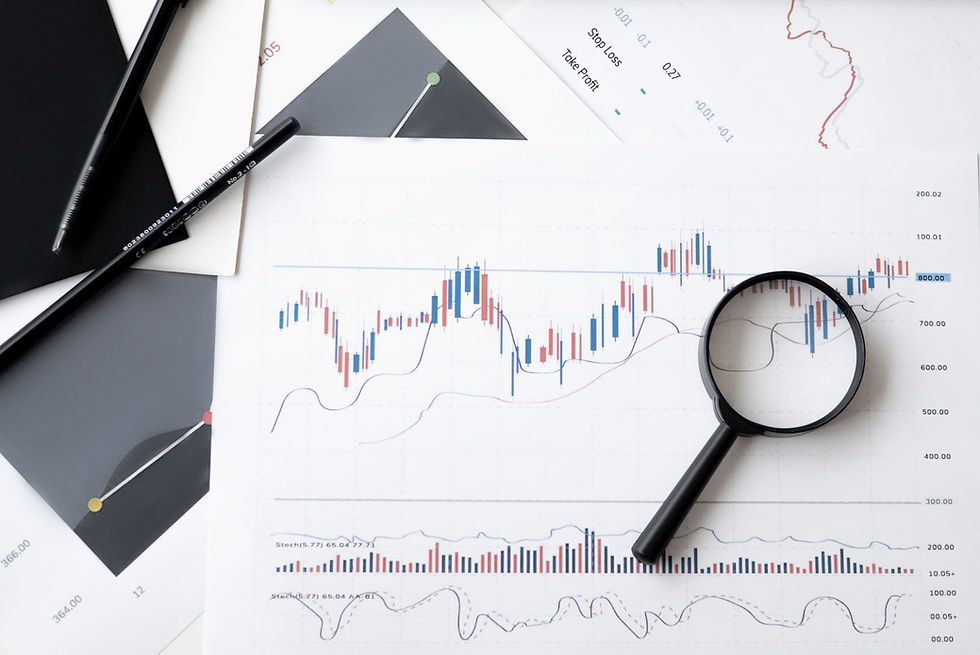Old Models Are Broken: Why Investing Requires You to Dance
- Jack and Guy

- Oct 4
- 2 min read

If you're looking for a set of solid, impenetrable rules for every single phase of investing, I'm going to tell you the hard truth: they don't exist anymore.
The financial world is a moving target. We can't afford to be rigid; instead, we must be ready to "dance as fast as we can." The constant onslaught of new products and disruptive technologies makes investing feel genuinely unsteady, like we're living inside an economic earthquake.
But there is good news: your mind can bring the stability needed to make the correct decisions most of the time—though, importantly, not all the time.
Humpty Dumpty Fell: The Myth of the Sure Thing
Even the smartest people in the world get it wrong sometimes.
Recently, Berkshire Hathaway—led by some of the most successful investors ever—sold its entire stake in The Kraft Heinz Company and took a significant loss.
The failure of Kraft Heinz is a perfect modern parable: Humpty Dumpty has fallen from a wall, and all the king’s horses and all the king’s men cannot put Humpty Dumpty together again.
When Kraft and Heinz merged, both were over a hundred years old. The core belief was that combining the two entities would create massive synergies—cost savings and new international markets. It should have worked, but it didn't. Unpredicted forces caused expected sales to fall short, leading Berkshire Hathaway to write off about $8 billion over the last 10 years. Now, the company is splitting itself back into two parts.
The lesson? Even with the best minds and the deepest pockets, no one can perfectly predict the future. Old, established models and brands are not safe bets if they fail to adapt.
The Stable, Yet Ever-Changing Environment
Commerce, at its heart, floats on human desires, preferences, habits, and influences. These things don't change overnight, which is your advantage. Change comes slowly enough that a diligent investor has time to manage her investments.
Over centuries, investors have tried to cope with volatility by imposing rules, research, instinct, and good sense. We’ve even made laws—like those that govern exchanges and prevent fraud—to maintain order. These laws work, making the system as stable as any human-made system can be.
The paradox of modern investing is that you are trapped in an environment that is stable (due to laws and regulations) but ever-changing (due to technology and human preferences).
Becoming Your Own Rule Maker
If no one—not even the giants of finance—can define all the rules or predict all the outcomes, then the responsibility falls entirely on you, the individual investor.
That’s what our approach is all about. We've laid out guidelines based on our experience, but you must be ready to tweak the rules and guidelines we've shared.
Your success won't come from rigidly following someone else’s broken model. It will come from:
Defining your own guardrails: What are your personal limits for risk and loss?
Abiding by them: Sticking to those boundaries when the market tempts you to panic or chase a high.
This ability to adapt, to manage your mindset, and to install your own guard



Comments